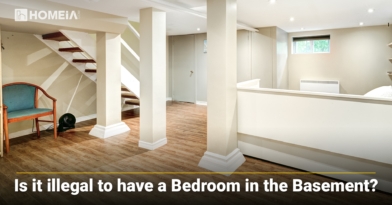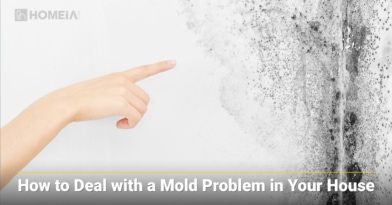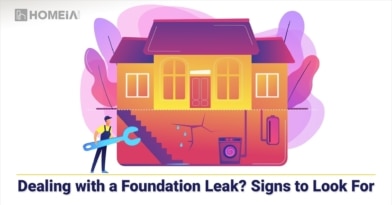Do You need a Permit to Waterproof a Basement?
- Author:by 58 Foundations & Waterproofing Company
- Category: Home Improvement

It might be during the winter that you notice a crack running across one of your basement walls. Or maybe it is summer when you discover water seeping up from a crack in your basement floor. You might be wondering when the best time is to waterproof a basement, but the truth is that time is of the essence — the right time is as soon as possible.
The key to understanding why is knowing what’s causing these cracks and leaks in your basement. While a hairline crack in a wall may just be the byproduct of the concrete drying after construction, a crack that’s growing or widening is definitely one to be concerned about. This is because your foundation is being affected by what’s outside of it. Let’s take a closer look into what’s happening…
Table of Contents:
- 1. Do You need a Permit to Waterproof a Basement?
- 2. What’s causing the basement cracks?
- 3. Can I just seal the cracks?
- 4. What if I leave the basement cracks alone?
- 5. Wet Basement Problems
- 6. About Basement Waterproofing
- 7. The sooner you waterproof, the less water can do.
- 8. How Long Does it Take to Waterproof a Basement?
1. Do You need a Permit to Waterproof a Basement?
The Asnwer is: In many areas, waterproofing a basement may or may not require a permit, depending on the scope of the work being done. The requirements for obtaining a permit to waterproof a basement can vary depending on your location and the specific regulations of your local building department.
Here are a few points to consider:
Scope of Work: The need for a permit often depends on the scope of the waterproofing work. If you are performing minor repairs or simple tasks like applying sealants or coatings to prevent moisture penetration, a permit might not be required. However, if the work involves major excavation, drainage system installation, or alterations to the structural integrity of the building, a permit is more likely to be required.
Local Regulations: Building codes and regulations vary by jurisdiction. Some areas have specific regulations related to waterproofing, drainage, and basement work. It’s important to contact your local building department to understand the specific requirements in your area.
Contractor Requirements: If you’re hiring a professional contractor to perform the waterproofing work, they should be familiar with local regulations and permitting requirements. Reputable contractors will usually handle the necessary permits on your behalf.
Consequences of Skipping Permits: Skipping required permits can lead to legal and financial consequences, including fines and having to redo the work to meet code requirements. Additionally, work done without permits might not be covered by insurance in case of problems.
Inspections: If a permit is required, local building authorities may conduct inspections at various stages of the waterproofing process to ensure that the work is being done correctly and in compliance with regulations.
To determine whether a permit is needed for waterproofing your basement, you should contact your local building department or permit office. They can provide you with accurate information about the permitting process, including any fees, required documentation, and inspections. It’s always recommended to follow proper permitting procedures to ensure that the work is done safely and in compliance with local building codes.
2. What’s causing the basement cracks?
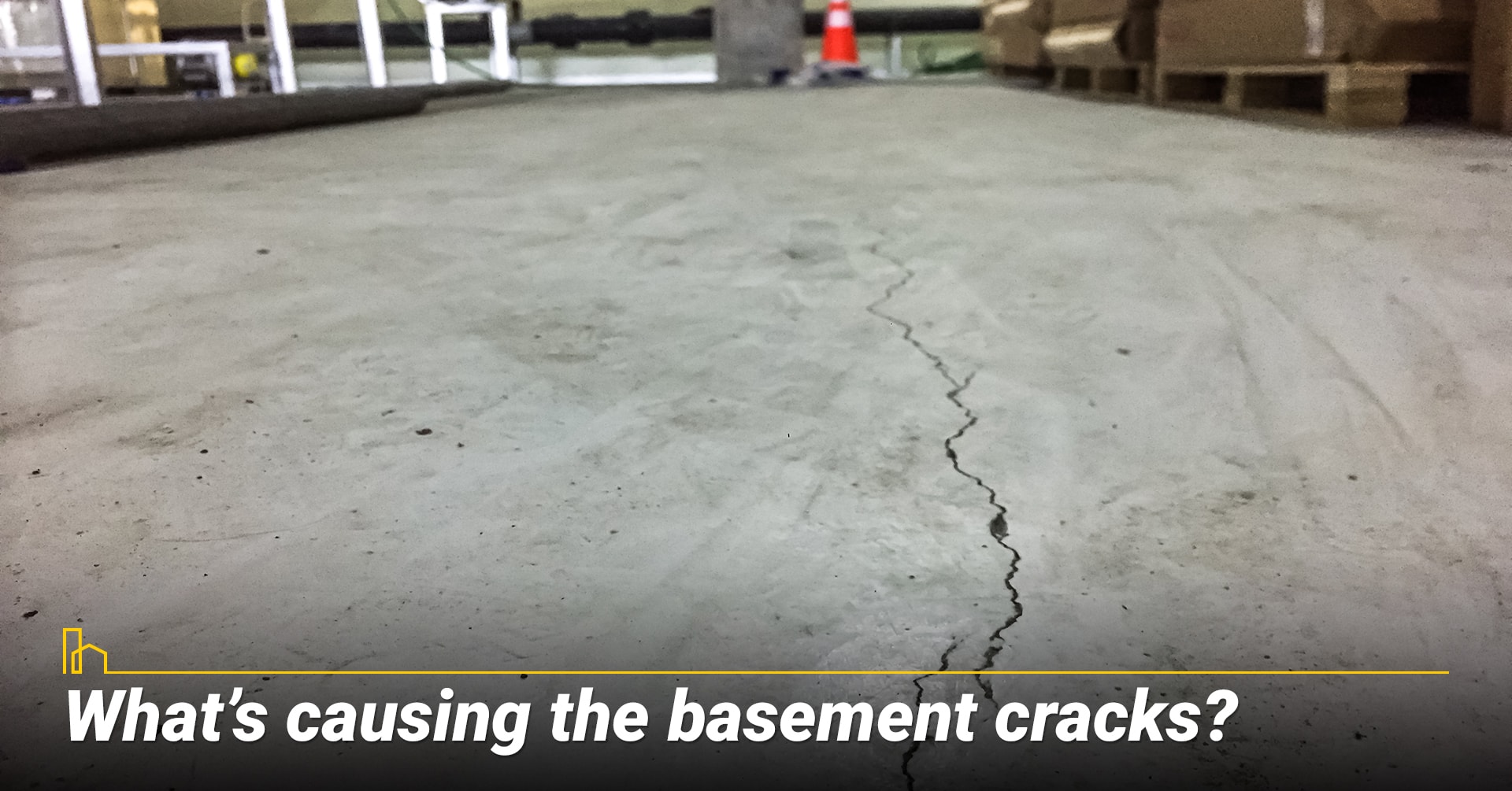
While concrete is incredibly strong, enough time and stress can still cause it to crack. But where’s the stress coming from?
Whenever it rains, water seeps into the soil around your home. As your local water table begins to rise, eventually, it could meet your foundation and begin to press against it. This water pressure is called “hydrostatic pressure.”
Eventually, with enough time and repeated events of hydrostatic pressure, the concrete can become damaged, and a crack can form. This can happen to either the foundation walls or the floor.
It doesn’t have to be a warm season for water to damage your foundation. In the winter, the water around your foundation can freeze if the soil is saturated when it gets cold enough. As water freezes into ice, it expands, pressing against your foundation. This too can damage your foundation and create cracks.
Is it illegal to Have a Bedroom in the Basement?
Thinking through your options, you realize there is unused space in the basement. If you just tidy up the storage a bit, you would have room for a bed. But wait… something in the back of your mind says you can’t have a bedroom in the basement. Is that true? Here we’ll take a look at the truth about basement bedrooms, and how you can make your…
3. Can I just seal the cracks?
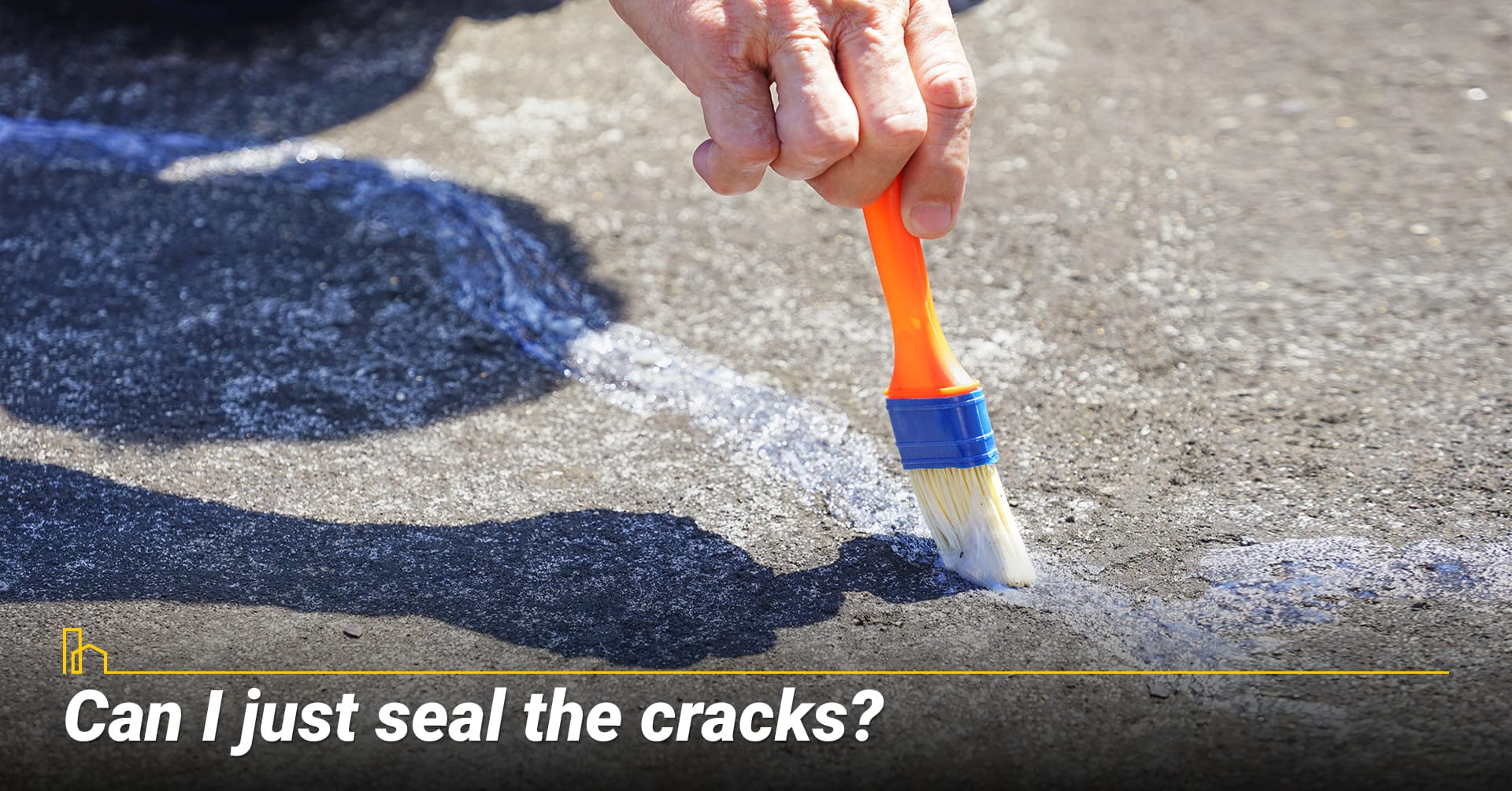
Unfortunately, sealing the cracks is only a temporary measure. Without resolving the hydrostatic pressure problem, you’ll have new cracks in time. The source of the water coming through basement floor cracks must be addressed before repairs can be done.
4. What if I leave the basement cracks alone?

Cracks in your foundation won’t repair themselves. If it’s a crack caused by hydrostatic pressure, it will eventually grow and get worse.
It could also begin leaking. A wet basement can then lead to more problems…
How to Deal with a Mold Problem in Your House
When you have a leaking pipe within the walls, mold may also form in its vicinity. Even a leaky roof can lead to mold formation on your ceiling and the wall directly underneath the leak. Here is how to identify and remove mold from your house…
5. Wet Basement Problems

As water leaks into your basement, it can cause water damage to any belongings or furniture you may have there. What’s more, as the water evaporates, the moisture levels in the basement will increase. Prolonged exposure to excess moisture can bring more problems and potentially extra repair costs along with them. Moisture-related problems may include
- Mold growth
- Wood rot
- Dust mites
- Termites
- Ants
- Rodent pests
- Rusting of mechanical equipment
These are just some of the common examples of moisture-related problems in a wet basement.
Mold can do more than just damage the surfaces of your wooden supports and drywall. Part of its cycle involves releasing mold spores in order to reproduce. But these spores can become irritating allergens for some, and potentially disease-causing for those with weakened immune systems.
Some types of mold are toxic, producing what’s called mycotoxins—and these toxins can be dangerous to humans, especially if ingested in high amounts. Professional mold removal will be needed to ensure that the mold infestation is truly removed from your home.
Wood rot and termites can both destroy the very material of your wooden support structures, such as floor joists and support beams. Wood rot can leave wooden material feeling spongy and soft, or brittle and cracked, depending on the type of wood rot. It may be possible to save the wood, but if it’s too damaged it will mean repair costs to replace the structure.
The same can be said for termites. They are drawn to damp environments and wood that is saturated with moisture. As a termite colony spreads, it will make tunnels and chambers that run along the length of the wooden structure—eventually coring out the wood and requiring a complete replacement.
Those are just a few ways that these problems can wreak havoc in your basement. As you can see, foundation cracks can result in more damage to your home as well as to your finances. And even after repairing these various damages, if the problem source (the groundwater outside the foundation and the hydrostatic pressure it creates) is not addressed, then those same problems will come back again.
Dealing with a Foundation Leak? Signs to Look For
Foundation leaks crop up for all kinds of reasons. It’s often difficult to tell, though, just how severe the leak you have on your hands is before the worst of the symptoms arise. When in doubt, reach out to local professionals for help fixing any foundation problems that have appeared…
6. About Basement Waterproofing
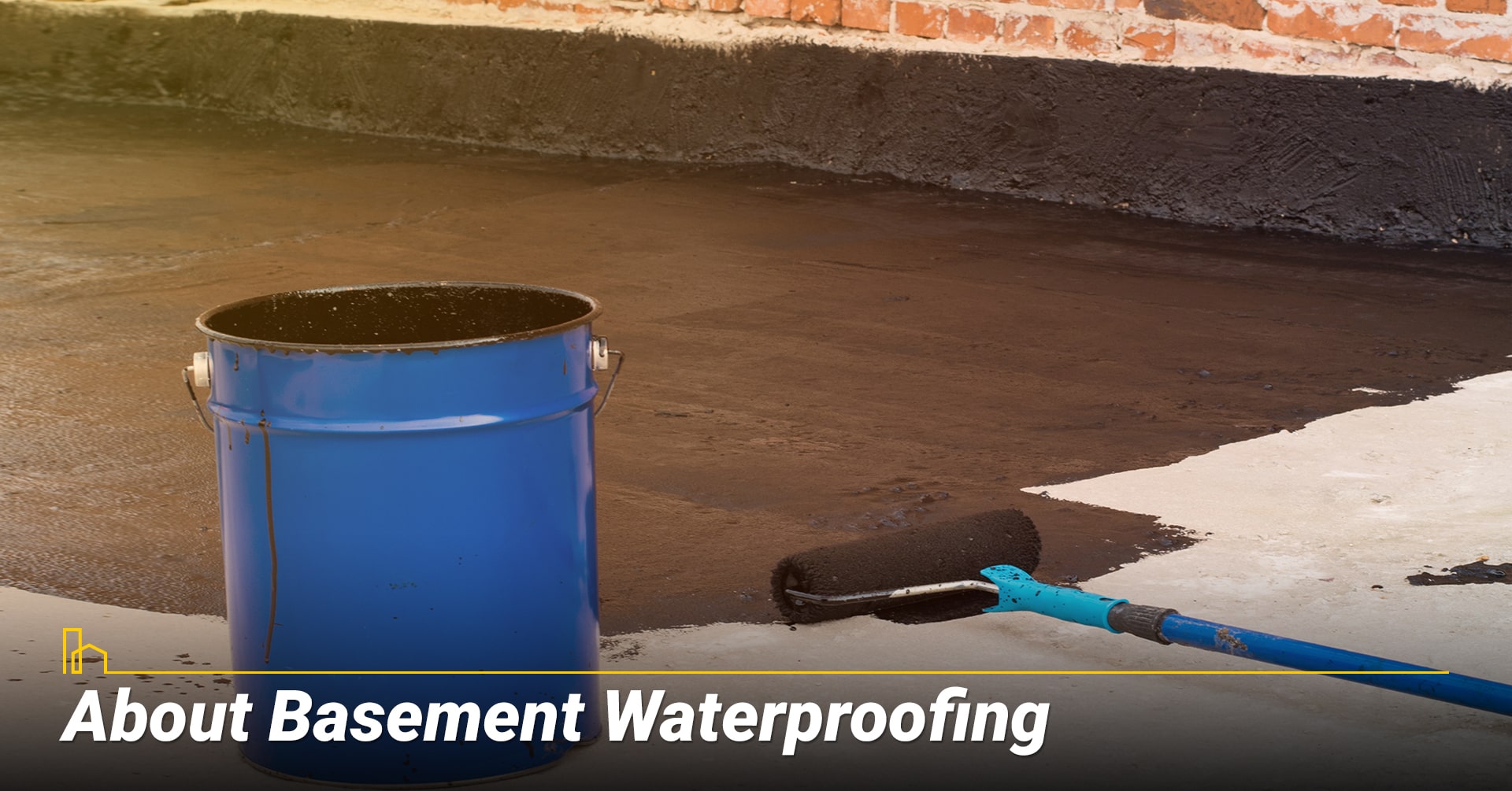
There are two kinds of basement waterproofing used for homes: exterior and interior. But exterior waterproofing doesn’t help with reducing hydrostatic pressure, which is what can lead to cracks in your concrete.
Fortunately, interior basement waterproofing does help with reducing hydrostatic pressure. This is accomplished by relocating the water that meets the foundation. There are several components that typically go into an interior basement waterproofing system:
- Drainage channels
- Sump pit with sump liner and sump pump
- Discharge pipe
Other components that may be used include vapor barriers, dehumidifiers and battery backup sump pumps.
Drainage channels (also known as drain tile) are installed along the perimeter of the basement, underneath the floor slab. These drainage channels may be placed either on the footer or beside the footer, depending on the waterproofing contractor.
The channels are perforated and designed to capture groundwater as the water table rises to meet the foundation. As water is captured, the drainage channels guide it to the sump pit. There, the sump pump sucks the water up and pushes it through a discharge pipe. The water is deposited away from the home so it doesn’t return to the foundation.
The Best 10 Ways to Maintain Your House
Your house is most likely the most expensive purchase of your lifetime — and a safe haven that provides a hub for everyday activities, relaxation and making memories. It doesn’t remain in great shape without some effort, but with some loving care and an organized maintenance schedule, you can manage the upkeep without added stress…
7. The sooner you waterproof, the less water can do.
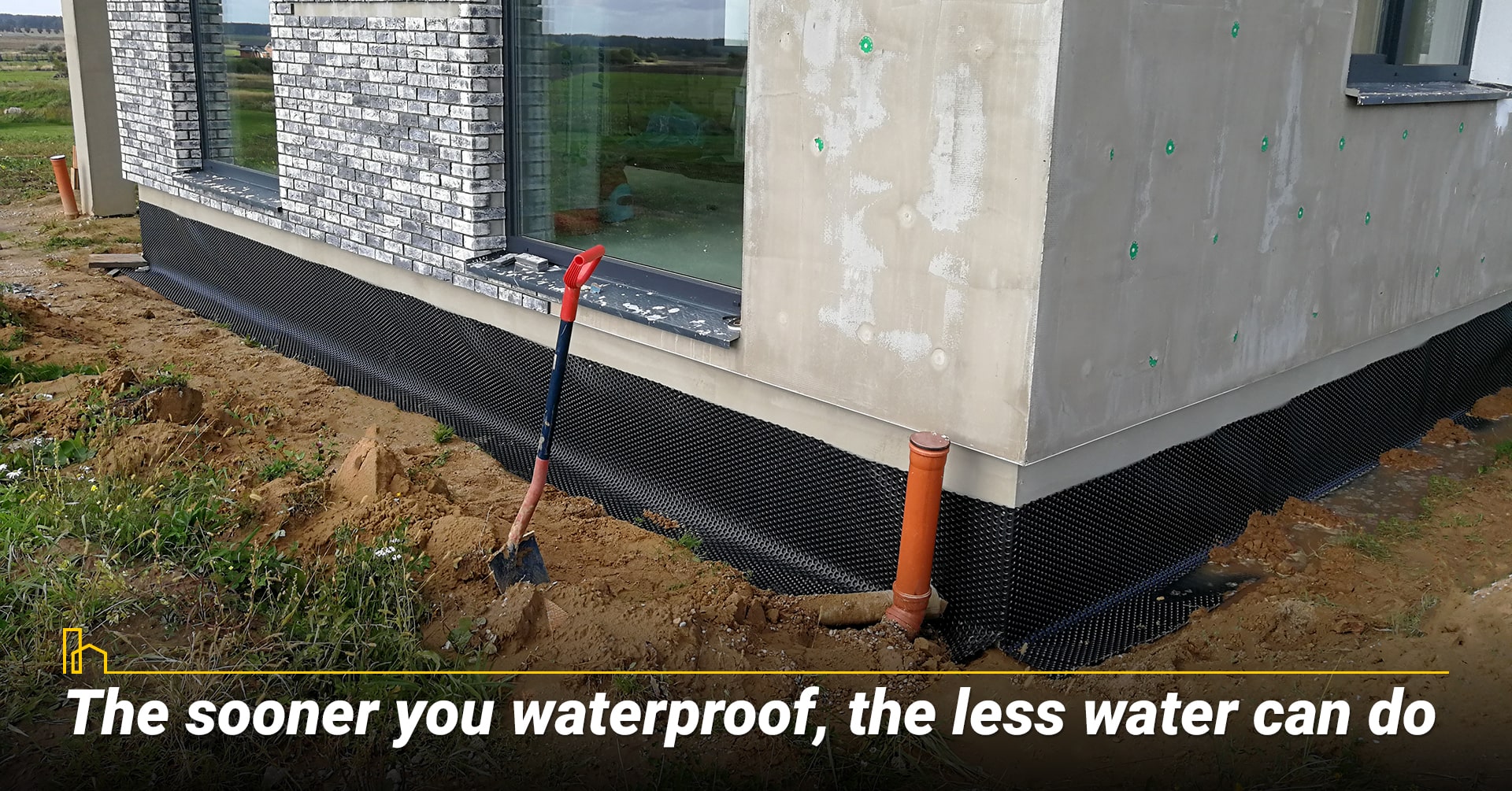
Whether you’ve spotted a new crack in your foundation, found mold growing on the wall or noticed water seeping into the basement, you can save yourself from further repair costs by waterproofing your basement in a prompt manner. Not only does waterproofing help protect your basement from hydrostatic pressure and the effects of excess moisture, but it can help preserve the structural integrity, the resale value and the environmental comfort of your home.
Be sure to do your research while searching for waterproofing contractors. You can help improve your chances of finding a good one by making sure they fit at least these criteria:
- Many years of experience
- A lot of positive online reviews that are easy to find
- A strong warranty
- Licensed and insured
No matter the time of the year, it’s never too early to waterproof your basement for a safe and dry home! We hope you find this article helpful. If you do, please share it with others so they can benefit from it as well. Thanks in advance!
8. How Long Does it Take to Waterproof a Basement?
The time it takes to waterproof a basement can vary widely depending on several factors, including the scope of the waterproofing work, the size and layout of the basement, the methods used, and the availability of contractors. Here are some general guidelines for different types of waterproofing projects:
Minor Repairs and Sealants: If you’re only performing minor repairs or applying sealants to address small leaks or moisture issues, the work can usually be completed within a few days to a week.
Exterior Waterproofing: Exterior waterproofing methods involve excavating around the foundation to apply waterproof membranes or coatings. This process can take several weeks to complete, especially if the excavation is extensive and if weather conditions affect the work.
Interior Waterproofing: Interior waterproofing methods, such as installing interior drainage systems and sump pumps, can typically be completed within a few days to a week, depending on the complexity of the system and the size of the basement.
Crawlspace Waterproofing: Waterproofing a crawlspace might take a shorter amount of time compared to a full basement, but it still depends on the scope of the work.
Full Basement Renovation: If you’re planning a full basement renovation that includes extensive waterproofing along with other improvements, the project could take several weeks or even months to complete, depending on the size and complexity of the renovation.
Keep in mind that the timeline can also be affected by factors such as the availability of contractors, weather conditions (for exterior work), and any unforeseen issues that may arise during the project. It’s important to discuss the estimated timeline with your chosen contractor before starting the project to have a clear understanding of when the work is expected to be completed.
10 Productive Activities You Can Do at Home to Stay Healthy
We all know the value of a healthy lifestyle, but in today’s fast-paced world, fitting wellness activities into the day can be a challenge. There’re plenty of opportunities throughout the day to improve your health and wellness while getting things done. Here’re the top 10 productive activities you…

